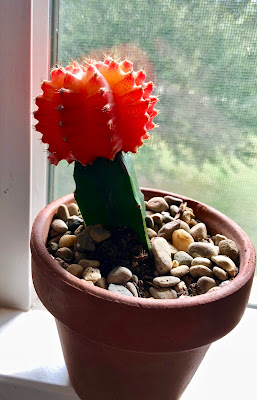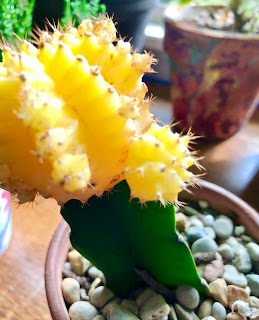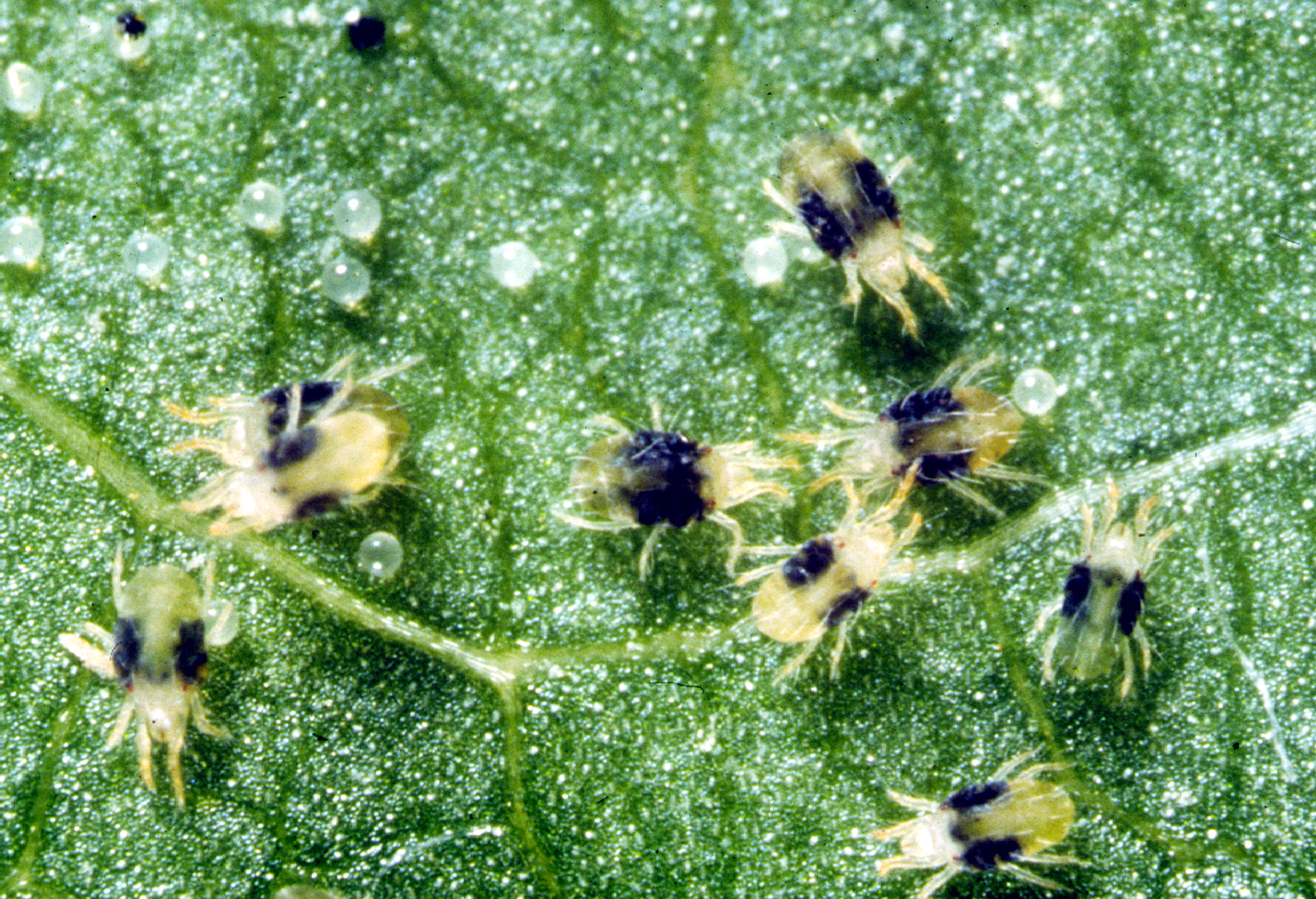 |
| Red Moon Cactus |
On its own, the top of the Moon Cactus would only live a couple of months. When it is grafted to the bottom stalk, it prolongs it's lifespan to a couple of years. The top is able to gain nutrients from the bottom plant.
Isn't that cool!
Caring for Moon Cactus is fairly simple. They are very durable, hard to kill plants which makes them perfect for any plant beginner!
 |
| Yellow Moon Cactus |
Water: Moon Cactus needs to be watered once a week except in winter. In winter they need to be watered every 2-3 weeks. Moon Cactus is drought tolerant, so if you are someone who forgets to water your plants, that's okay. Moon Cactus will not die as long as you water it every once and a while. However, overwatering could kill a Moon Cactus so just make sure to not water it more than once a week.
Soil: Cactus and Succulent mixes work best because they have good drainage. Soil without good drainage could lead a Moon Cactus to rot.
Pot: Terracotta pots work best because they allow the soil and roots to breathe. This helps prevent rot.
Growth: Moon Cactus will not grow any taller. The only growth you may see is the development of more "balls" on the top of the Moon Cactus.
 |
| Add rocks to dirt for added flair! |
Color Varieties: This is what makes Moon Cactus so fun! They come in TONS of vibrant colors including pink, red, yellow, orange, purple and more!
Lifespan: I have read that Moon Cactus will only live for 1-2 year; however, I have had one of my Moon Cactus for two years now and it shows no sign of death. I think Moon Cactus will live longer depending on how goof of conditions you give them. If you are worried about your Moon Cactus not living very long, I would say go ahead and get one. They are hardy plants that will live past your expectations.
 |
| Give lots of sunlight! |
 |
| Bright yellow! |
Good Luck!
Lily's Indoor Jungle








































